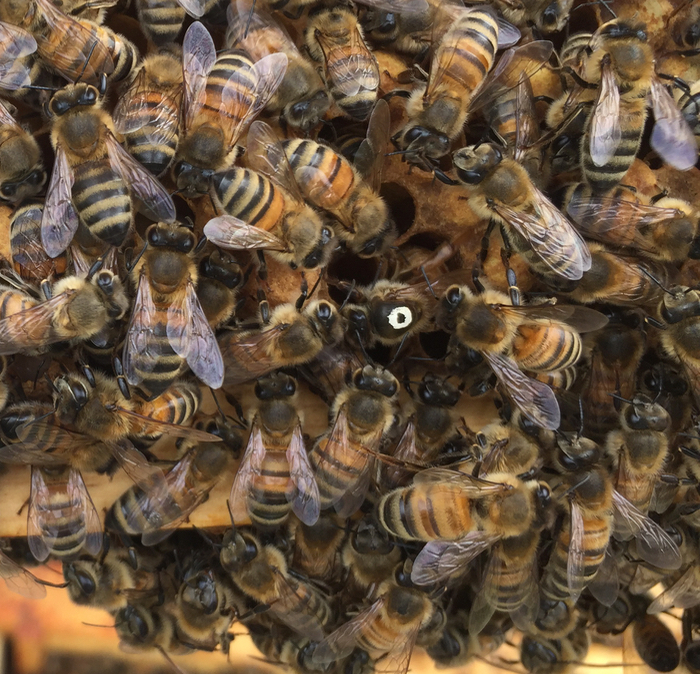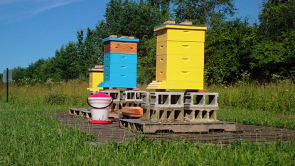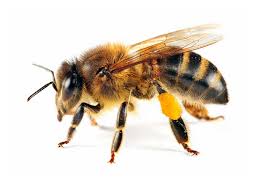Since we use the Broodminder weight devices, I’ve been getting weight readings from the hives regularly, and I’ve taken care to determine what our tare weight is, based on how we add and take away equipment.
When we first installed our hives, we added top feeders; then when we inspected on day 3, we saw that the sugar water in the top feeders was hardly touched (but we were not very scientific about it), so we dumped the sugar water, and took off the feeders.
Then…. I noticed that we had good weight gain, until we removed the feeders; then we struggled a bit with what was going on… even though the loss was very gradual, we asked “Why would a hive lose weight?” Or, “Why would a hive stop gaining weight?”

Here are some theories:
1. The bees are feeding and eating more than they bring in.
2. We are losing bees (die – off)
3. The hives are being robbed (beegled…. cause it’s almost like burgled… instead of burglars, we have beeglars).
4. Something (skunk?) is eating our bees.
Based on some things we observed, I think we may have removed feed too early, AND we have some robbing (dead bees that look like some other kind of bee, no fuzz (cause fighting knocks the fuzz off).
So, we decided to go after all the possibilities
1. The bees are feeding and eating more than the bring in:
Feed the bees; though our brood pattern looks fantastic (the queen is even laying up in the 2nd box), they are not drawing out all the comb as expected), they probably could use the extra energy to build comb, and it probably won’t hurt anything.
2. We are losing bees (die-off):
All we can do is monitor the dead bees that we can see around the hives, inside the hive, and monitor for swarming behaivors.
3. The hives are being robbed.
Based on some of the behavior I’ve seen (bees fighting, bees looking for other entrances, dead bees), I think this is likely.
Reduce the entrances to the hives; we put the entrance reducers to the smallest opening possible.
4. Something (skunk?) is eating our bees.
Raise the hives to be 2 concrete blocks high (instead of just one), and install carpet tack strips to the front of the hives (to help deter skunks getting their paws onto the hive).
AND, install a field camera, to take pictures of critters, etc. (What is coming around our hives?)
Today (Saturday), we did all of those things.
I will save the discussion of Yellow Hive, the single queen cell we found, our mite count test, etc. for another time…..
I hope you can gain something useful out of this; I will let you know how this all turns out….




















